This article was written by Stan Kats and by wikiHow staff writer, Jack Lloyd. Stan Kats is the COO and Chief Technologist for The STG IT Consulting Group in West Hollywood, California. Stan provides comprehensive technology & cybersecurity solutions to businesses through managed IT services, and for individuals through his consumer service business, Stan's Tech Garage. Stan has over 7 years of cybersecurity experience, holding senior positions in information security at General Motors, AIG, and Aramark over his career. Stan received a BA in International Relations from The University of Southern California.
This article has been viewed 344,846 times.
This wikiHow teaches you how to reset your home network to its default settings. Resetting your home network may fix any problems that you may have with it. If restarting your router and modem doesn't do the trick, you'll need to reset your router to its factory settings.
Steps
Restarting the Network
-
1Unplug your modem and router from the Internet and power sources. Your modem should be connected to a cable that in turn connects to your home's Cable outlet; you'll need to disconnect both this cable and the standard power cable.
- In some cases, the Cable outlet will instead be an Ethernet outlet, which is a square port.
- If your modem and router are in the same unit, simply unplug the unit.
-
2Wait for two minutes. This should be ample time for the modem to completely shut down and clear its cache.Advertisement
-
3Plug the modem back in. It will begin lighting up. You'll want each light on the face of the modem to be on or flashing before you continue.
-
4Reattach the router. The power light should begin blinking; after a couple of moments, the router's light should change from flashing to a steady display.
- Some routers power lights will not blink and will instead display a different color when you plug them back in.
-
5Attempt to reconnect to Wi-Fi on a computer or mobile device. If the connection is successful, your home network has been reset.
- If you still can't connect to Wi-Fi, you'll need to perform a factory reset.
Resetting the Router
-
1Disconnect your router from your modem. To do this, you'll simply remove the Ethernet cable connecting the router and modem from either one of them.
- If your router and modem are part of a combination set, skip this step.
-
2Locate your router's "Reset" button. You'll typically find this button, which is quite small, on the back of the router.
-
3Press and hold the "Reset" button for thirty seconds. To do so, you may need to insert a paperclip or a similarly thin object into the "Reset" hold and press it firmly against the button.
-
4Release the button after thirty seconds have passed. Your router will begin rebooting.
-
5Wait for the router to finish turning back on. You should see a consistent light (no flashing), which indicates that the router is back on.
-
6Plug the router back into the modem. You'll do so by reconnecting the Ethernet cable between the two.
- Again, if your router is part of a combination unit, skip this step.
-
7Look for the router's stock password. It will be located on the bottom or back of the router, typically next to a "password" or "network/security key" heading.
-
8Attempt to reconnect to Wi-Fi on a computer or mobile device. You'll be prompted to enter the router's network key, after which point you will likely have the option of changing the password. After doing this, you should be able to connect to the router like usual.
- If hard-resetting your router doesn't solve your router's problems, you'll need to call the router's customer support hotline for help in diagnosing and fixing the problem.
Community Q&A
-
QuestionWhere do I find my IP address ?
 Community AnswerTo find your public IP address, Google "What's my IP" and it will show you. To find your private IP address, go to CMD (on windows), type "ipconfig" and look at the IPv4 address.
Community AnswerTo find your public IP address, Google "What's my IP" and it will show you. To find your private IP address, go to CMD (on windows), type "ipconfig" and look at the IPv4 address. -
QuestionHow do I change my SSID?
 R2_d2000Top AnswererFirst, log into your router, and then click on the wireless settings. Then, navigate to the SSID field and type in a new name. Keep in mind that there is often a 2.4GHz network and a 5GHz network, so you have to change both of them. Try setting them to the same name, since then your device will choose the best one to connect to.
R2_d2000Top AnswererFirst, log into your router, and then click on the wireless settings. Then, navigate to the SSID field and type in a new name. Keep in mind that there is often a 2.4GHz network and a 5GHz network, so you have to change both of them. Try setting them to the same name, since then your device will choose the best one to connect to.
Warnings
- If your router, modem, or other devices are too old to properly work with one another, you may have to replace the old equipment with newer versions.⧼thumbs_response⧽




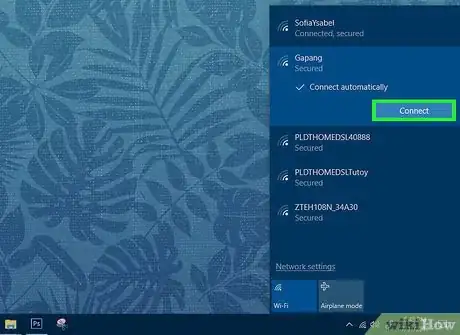
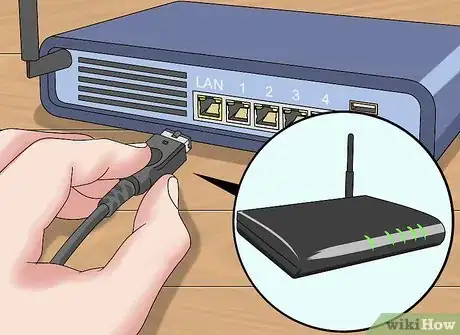


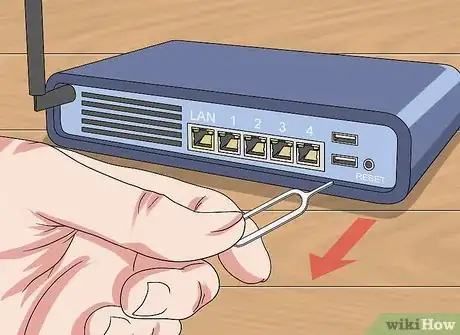



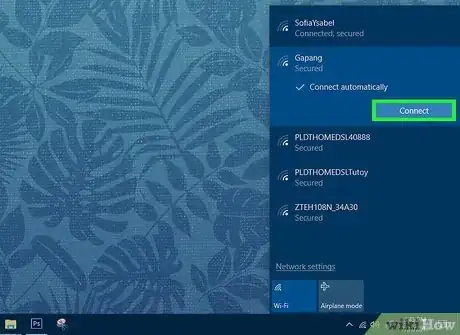
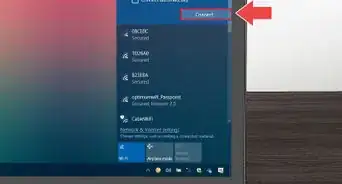

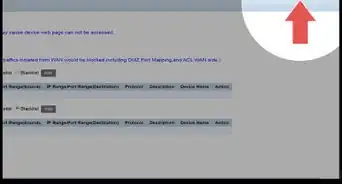


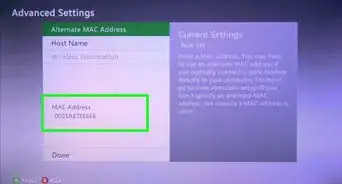



-Step-26-Version-2.webp)

















































